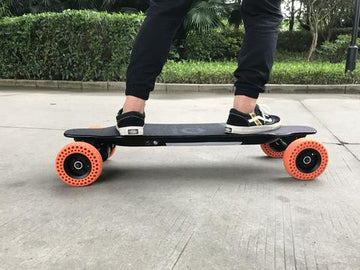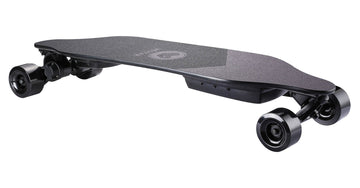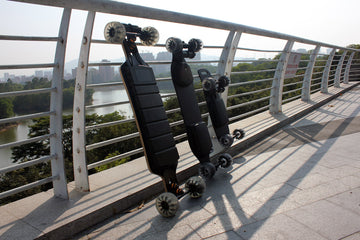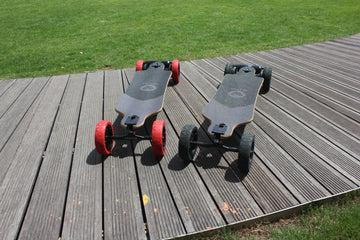
California has a law covering the use of motorized skateboard in public roads and highways. But many Californians don’t know if they are violating the law by riding an electric skateboard in public. Part of the confusion is the state law’s definition of a “motorized board”. Two years ago, the old motorized skateboard law had been amended to accommodate the electric board.
The new amendment has finally made it legal to ride electric skateboards on the road.
Unfortunately, only certain types of electric boards are allowed on specific highways, roads, and trails. There are only specific requirements for riders to comply with if they don’t want to get in trouble with the law. If you own an electric skateboard, here are the specific provisions of the law that you need to know.
Motorized Skateboard versus Electrically Motorized Skateboard
Under California law, the two boards are not the same. Legally, you have an “electrically motorized skateboard” when it’s a:
-
Wheeled device with a floorboard that does not exceed the measurement of 60 inches deep and 18 inches wide.
-
It can only accommodate a single person standing up.
-
The electric propulsion system has a maximum capacity of fewer than 1,000 watts.
Without the rider’s intervention, the electric motor only propels the rider to a maximum speed of 20 mph or less.

Any board with a motor that does not meet these criteria is considered as a “motorized skateboard” even if it’s using an electric propulsion system. Under state law, “motorized skateboards” are not allowed on public highways, roads, and streets under any circumstances.
Where “Electrically Motorized Skateboards” are Allowed
Even if your electric skateboard is allowed by the law, you can’t ride it just about anywhere in public. Electric boards are only allowed on roads with a speed limit of 35 mph or less. That means you can’t ride it on freeways or expressways; it’s against the law. You can ride the electric board in bikeways that are designated as Class II or Class IV.
Maximum Speed Allowed For “Electrically Motorized Skateboards”
The law can be funny at times. The electric skateboard is only allowed on roads that do not exceed the 35mph speed limit. But the electric board is not allowed to go beyond the speed of 15 mph. There are cases where the police will cite riders for public endangerment even if their board is running at less than 15 mph.
Safety Gears and Equipment
The law also prohibits you from using the electric skateboard in public without the proper safety gear and equipment. Before going out make sure to:
-
Wear a helmet.
-
Have a white headlight powerful enough to see where you are going at night. Incoming vehicles should also see your lights from a minimum distance of 300 feet. You could also equip your helmet with some kind of white light that is also visible from 300 feet.
-
Place yellow or white reflectors on both sides of the electric board visible from a distance of at least 300 feet.
-
Place a red reflector at the rear of your electric skateboard. Vehicles at the back should see that reflector from a minimum distance of 500 feet or more.
Other Legal Provisions for the Electric Skateboard
There are still several provisions of the “electrically motorized skateboard” law that you should know before riding your electric board in public.
-
Persons under 16 years of age are not allowed to ride the electric skateboard in public.
-
Never ride the electric board in public or at all if you are under the influence of liquor.
- Riding the board while high on drugs is also not allowed for obvious reasons. About the Other Electric Skateboards

-
The current state law clearly discourages enthusiasts from boosting or modifying their electric skateboards to run at more than 20 mph. The faster electric boards are banned from public roads but owners can still ride them inside private property.
-
Conclusion: California allows electric skateboards to run on public roads as long as they fit the description that the law has laid out. You are best to get professional advice on this. Expert is able to provide information on this, so check them out. Owners must wear safety gear and equip their board with safety equipment, especially when traveling at night. Persons who are drunk, high on drugs or underage are also not allowed. Violators face a stiff fine of around $250 or possibly more.






